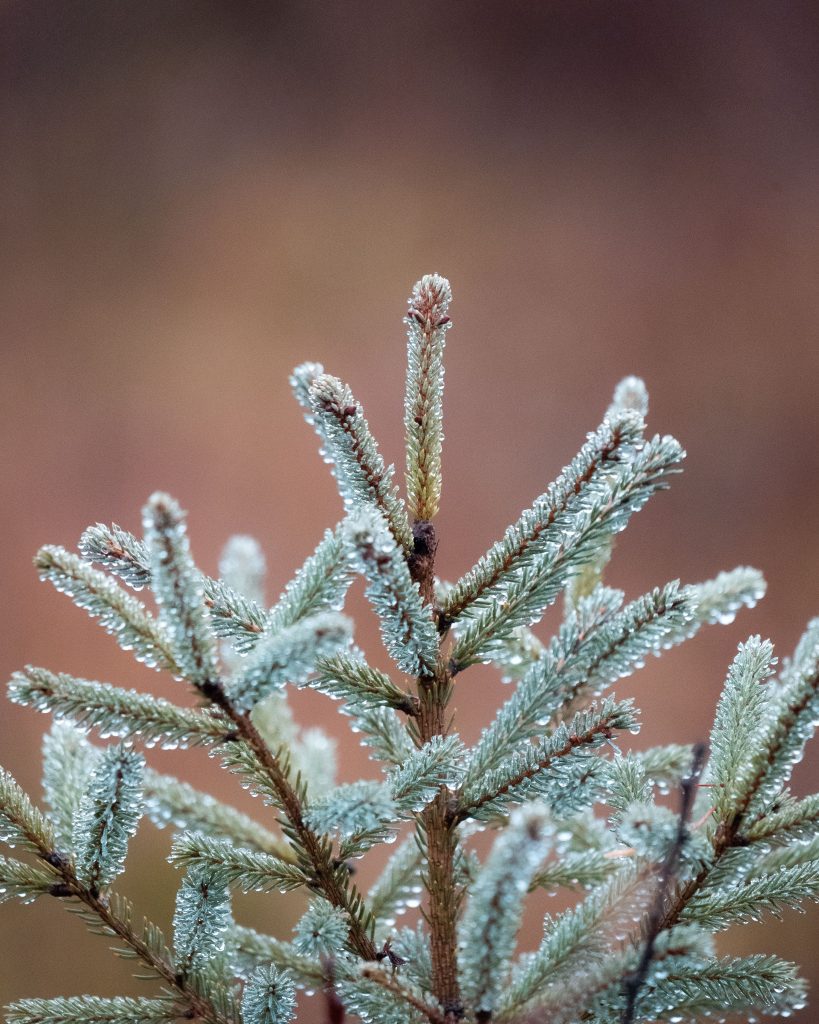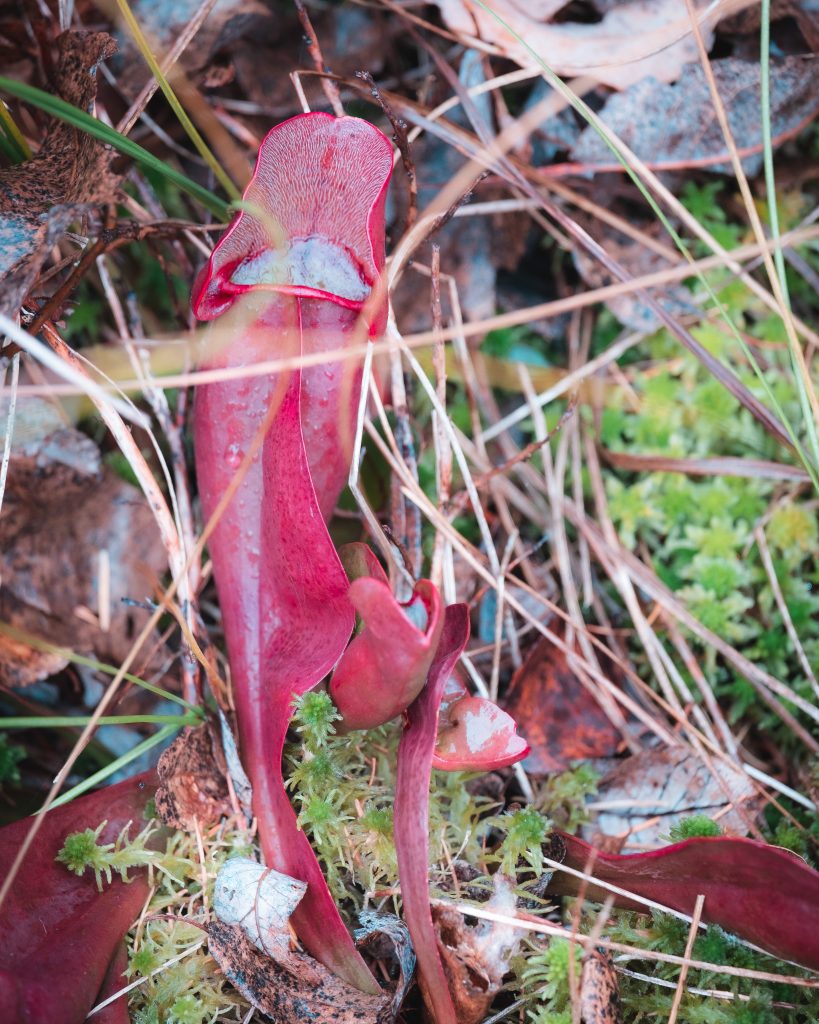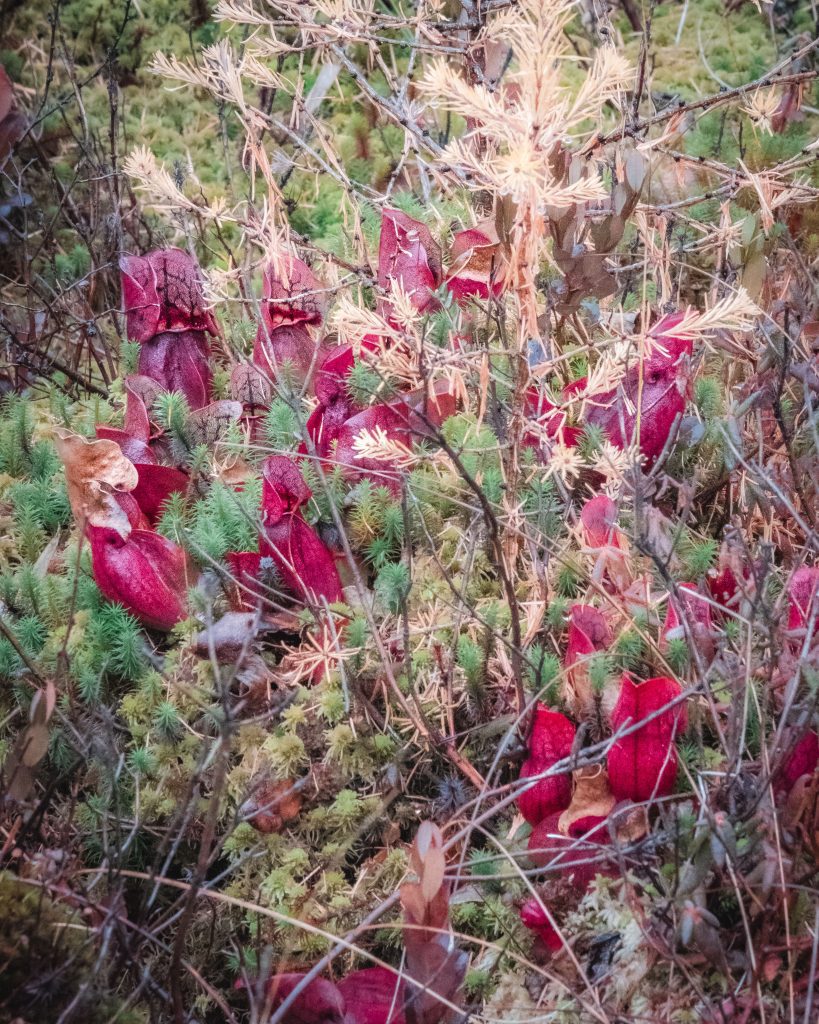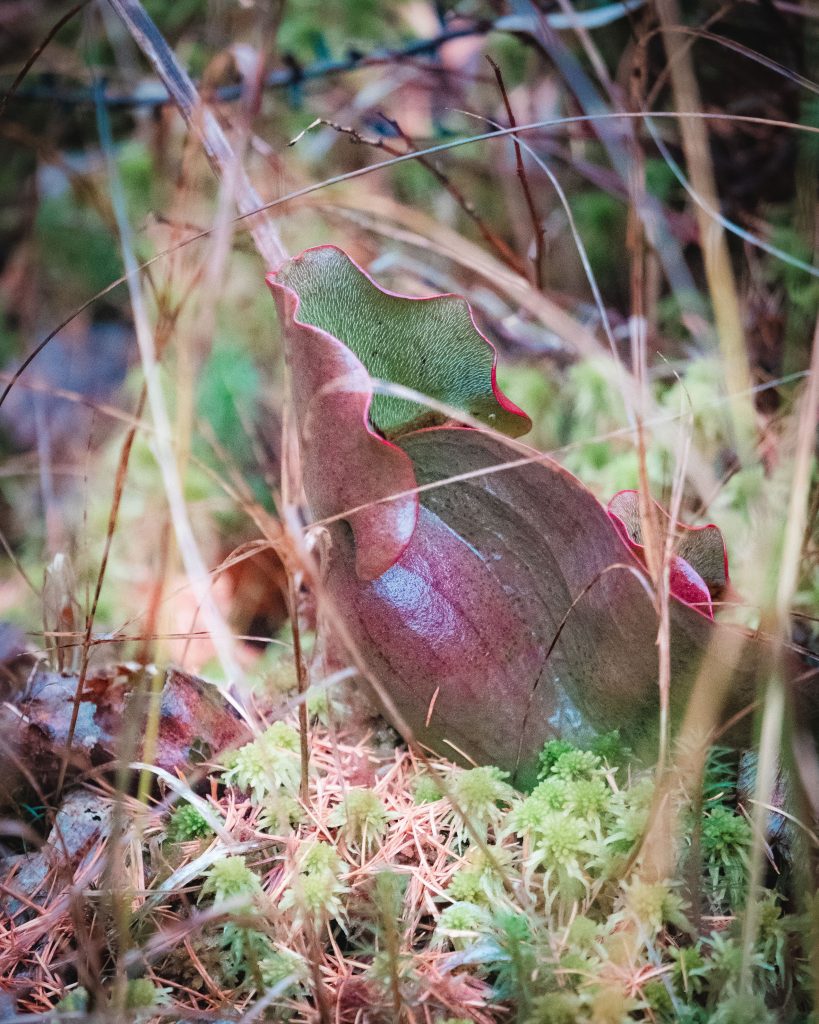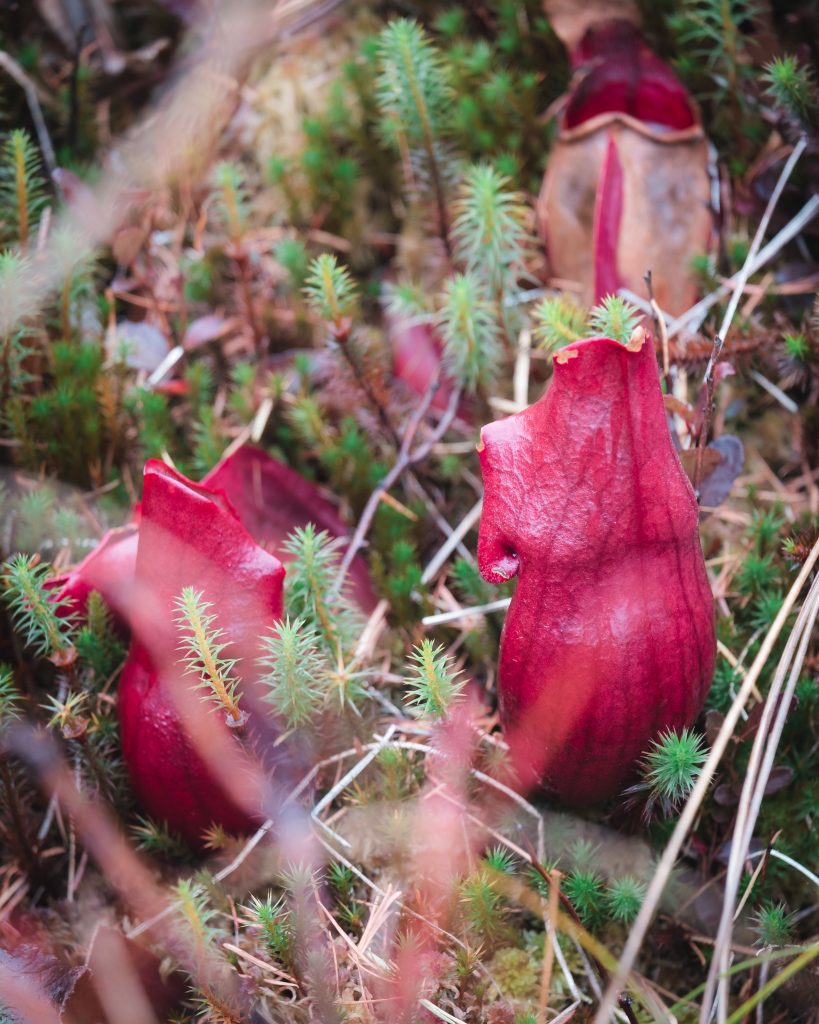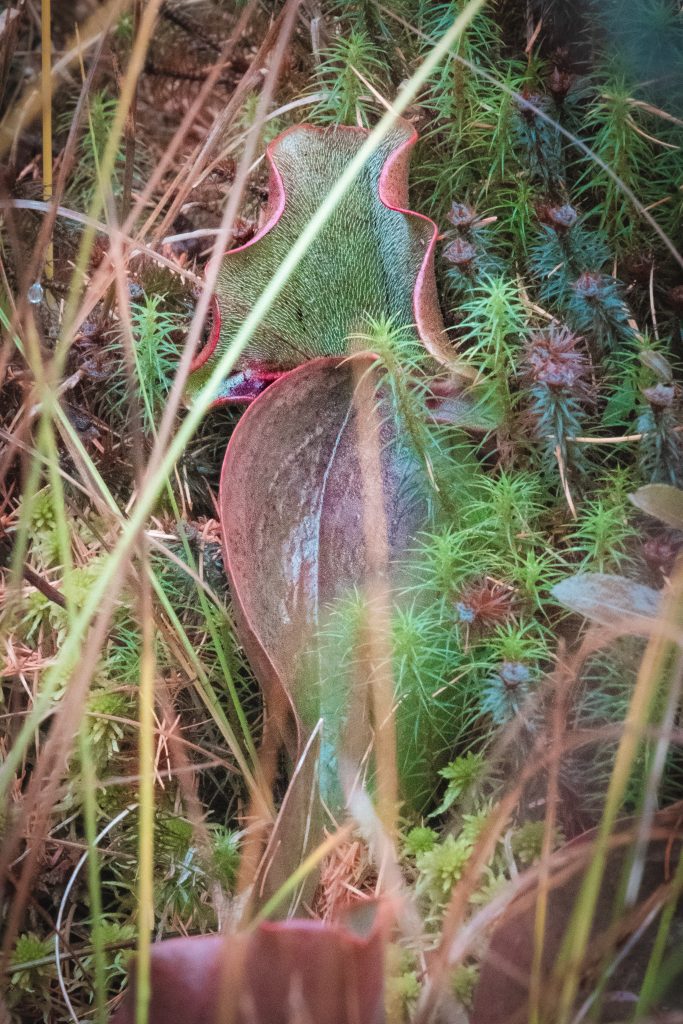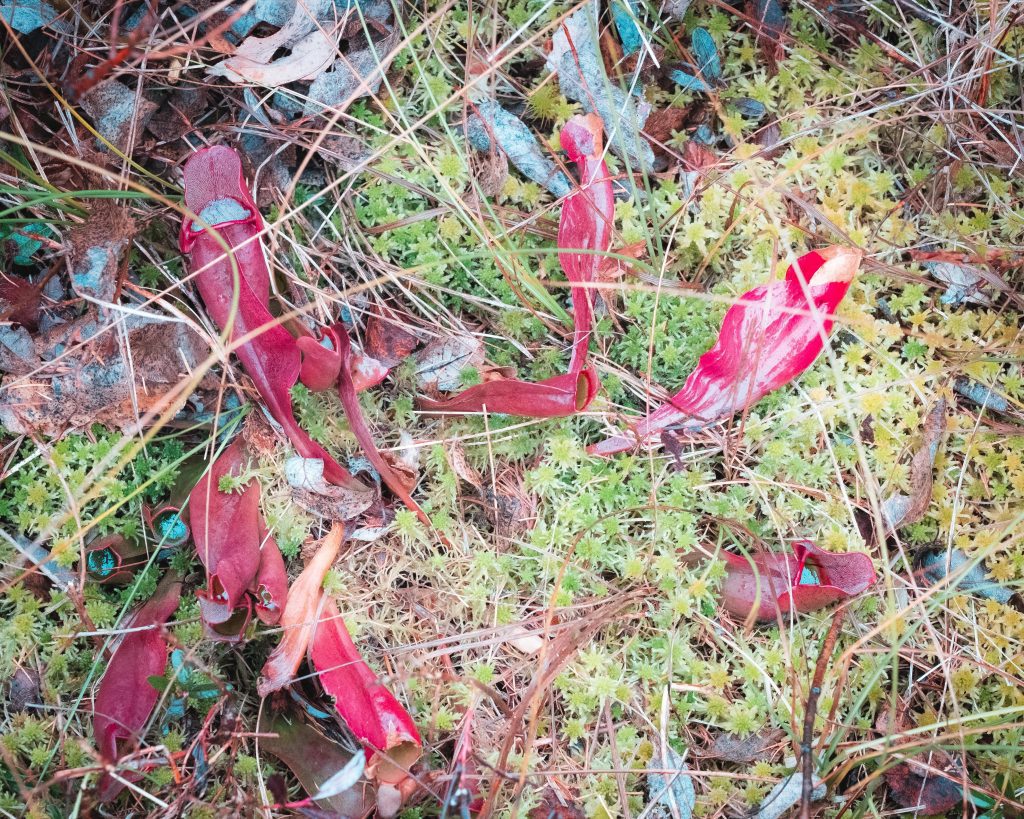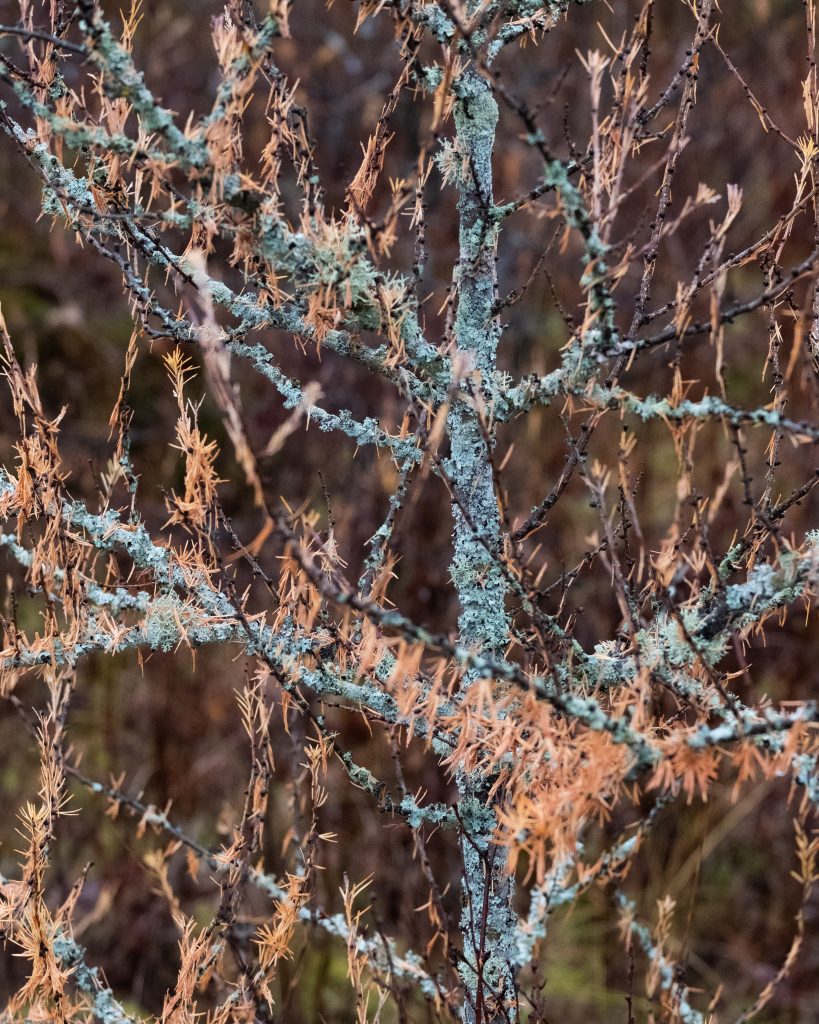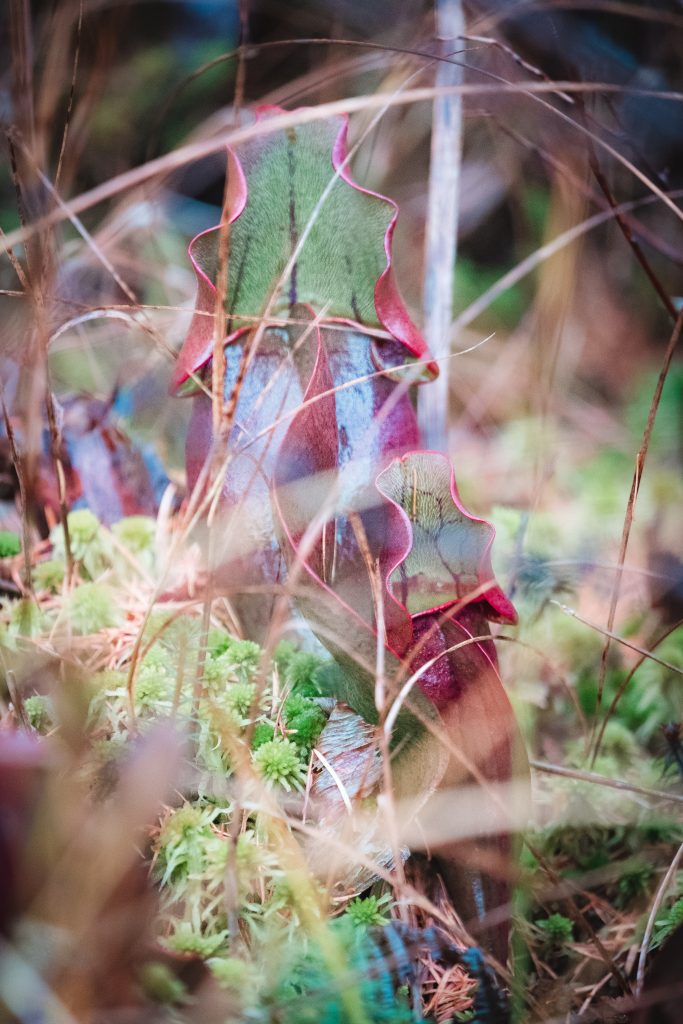It was on a foggy morning in November that we had the chance to start the day with the photographer Frédéric Pelletier.
Armed with our coffees, ready to face the humidity of the fall, we rush into the darkness of the morning, ready to discover the carnivorous plants hidden in the middle of the wetlands of the Lanaudière sector.
It is after more than 40 minutes of travel that we finally arrive at a location conducive to the presence of carnivorous plants in the Lanaudière sector. We get out of the vehicle, excited by this first expedition and filled with apprehension about the species that we have come to discover in their natural environment.
In Quebec, we can count more than fifteen carnivorous plants as indicated in our article previously written on Carnivorex: Carnivorous Plants in Québec.
Information capsule # 1: The major families of carnivorous plants in Canada
These carnivorous plants are declined within 3 large families that Canada has:
Saraceniaceae family
This variety of plants includes species that have pitchers as traps. These pitchers are full of a liquid made up of water and digestive fluid that dissolves any insects that fall into them.
Droseraceae family
Sundews have sticky traps to catch adventurous insects. The more the insects move, the more the small hairs will stick to them, then, the insect will be dissolved over time by the digestive juices contained in the glue of the traps.
Lentibulariaceae family
Two broad categories make up this family, the pinguiculas and the utriculars. Pinguicula are succulents with microscopic droplets, which are fatal to small insects landing on them.
Utriculars have their traps in their root system. Most are aquatic, however the utricular cornuta is the only species to be semi-terrestrial. Their traps are small bags that swell once the trigger is stimulated.
The swelling of this pocket therefore sucks up the small organisms that would have triggered the trap.
Back to the expedition
It was then that from this first point of view, Frédéric had the opportunity to immortalize a shot that characterizes the sequence of events for us. A purplish glow that the sun gave us in a misty setting worthy of a morning moose observation in the wilderness.
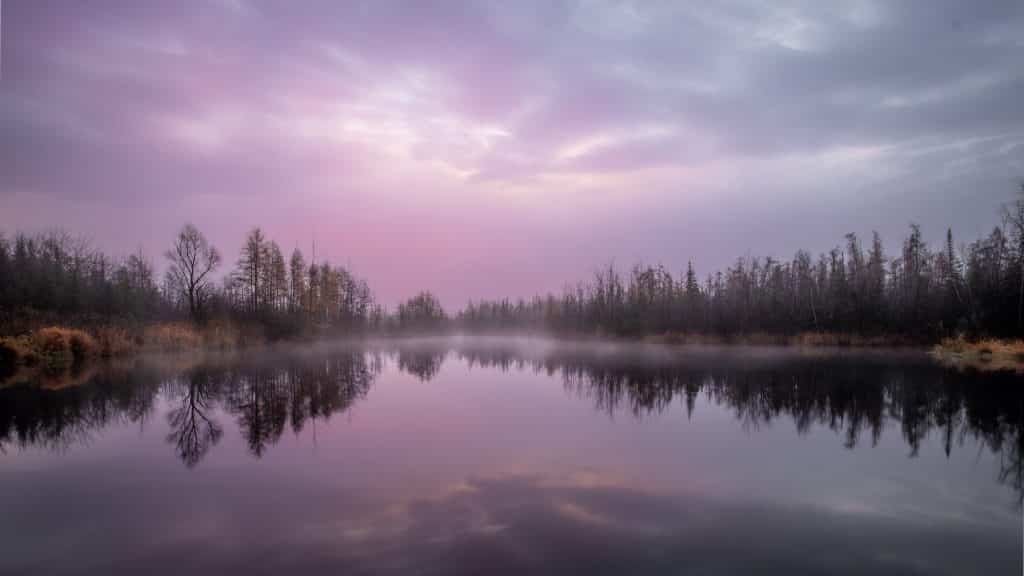
Amazed by this shot as dismal as it is comforting, that we decide to explore a small cove advancing in this calm and dark water. First clue, a green carpet, a dense and humid moss, the ideal breeding ground for carnivorous plants, the famous sphagnum peat moss. Very happy to have found this moss adored by carnivorous plants, we redirected ourselves to the vehicle to further explore this mysterious and welcoming place.
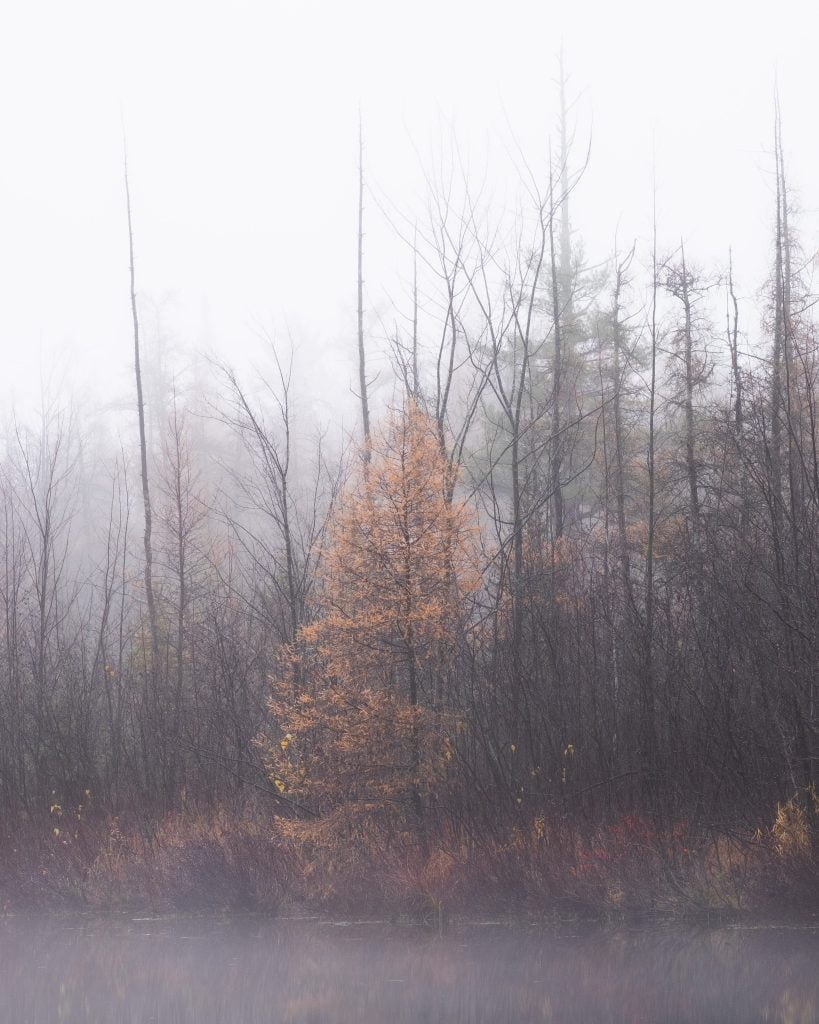
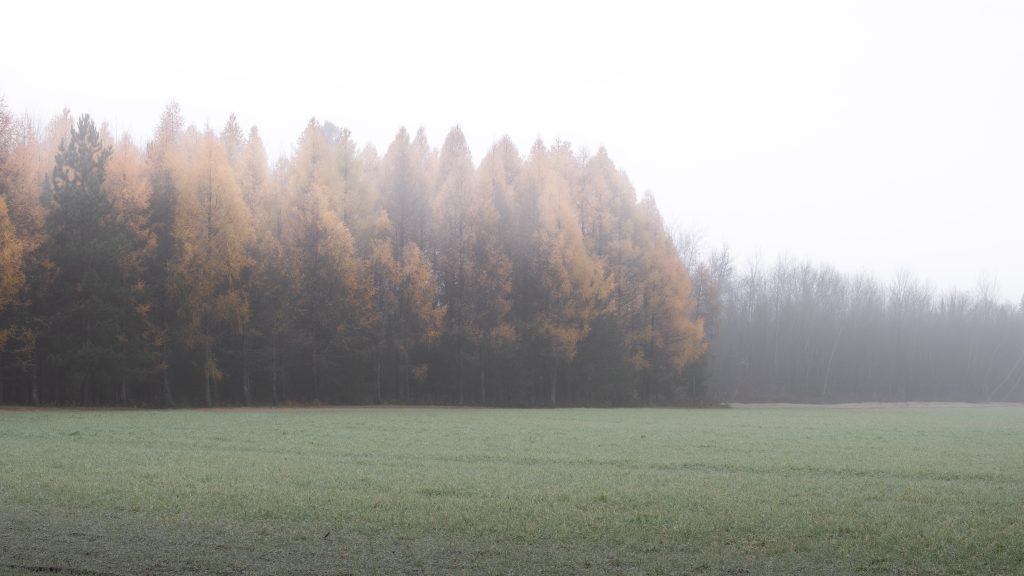

We pass through the fields of cultivators, are amazed by the extent of this space and finally arrive at the edge of an intriguing forest. The trees are placed in such a way as to form a guard of honor. Inviting us to continue our quest to discover these famous gems of nature that are insectivorous plants.
We thus arrive near the second place that we had previously targeted thanks to the satellite views offered by Google Maps. Frédéric and I get out of our vehicle and set out to continue our expedition by walking through the forest and peaty lands of the Lanaudière region.
So we come near a space where a small stream flows quietly, then suddenly, a small head comes out of the water and a hairy body emerges. It was a small beaver, guiding us on our journey. Stimulated by this meeting, we move further and further into the bush. On the lookout for any color that may contrast with fallen autumn leaves. We were looking for bright red, almost burgundy colors in clusters of leaves and sphagnum moss. But for the moment, only this little sphagnum moss accompanied our perseverance and our excitement.

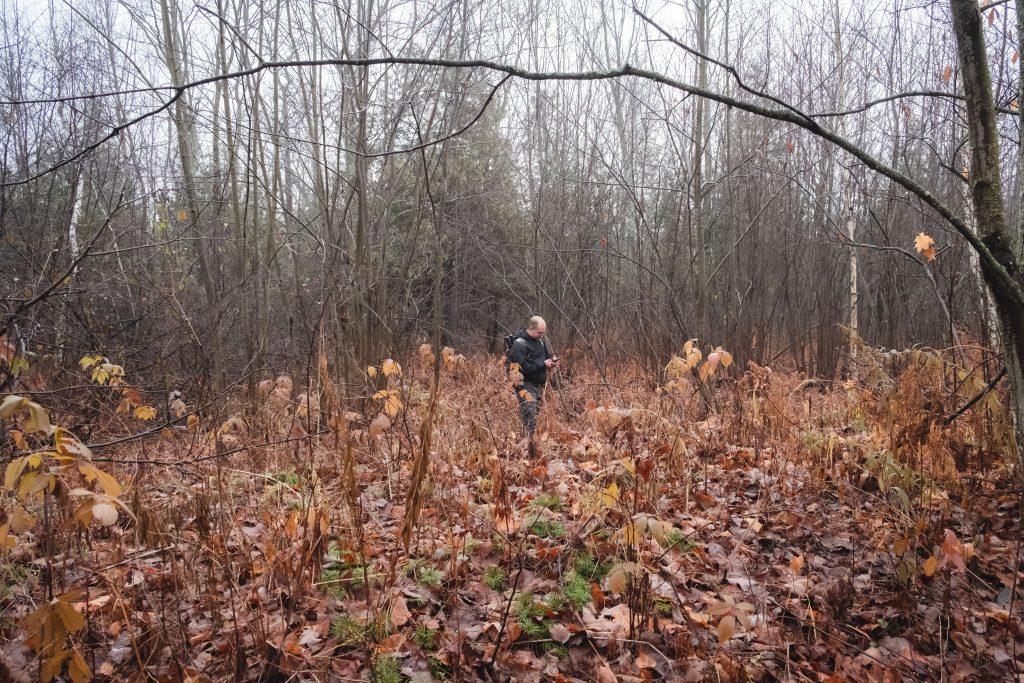
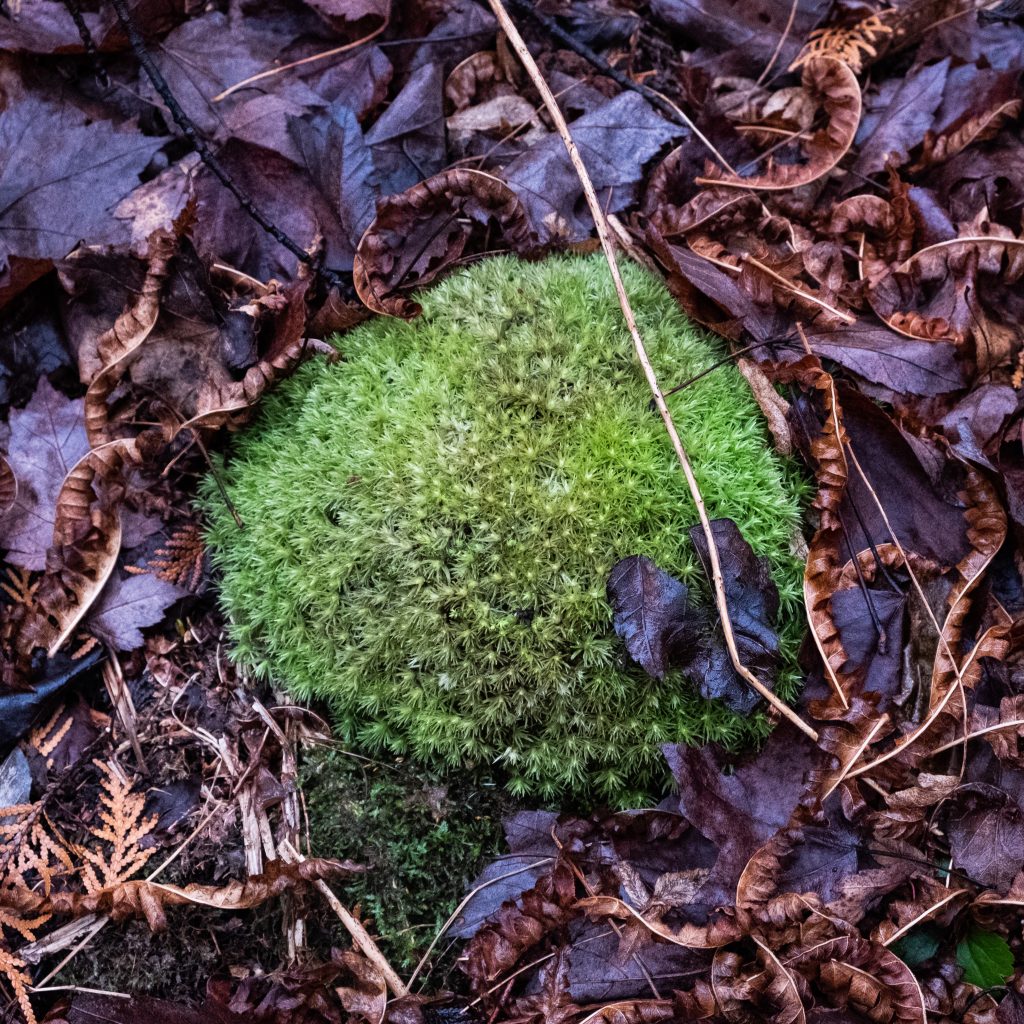
We struggle, squatting near the small stream, paying attention to every step in order to preserve this lush nature. Then suddenly, we see concrete blocks near a railroad. Near these concrete blocks was a semi-flooded area, a land favorable to the presence of carnivorous plants. However, instead of finding a little wonder of nature, we stumbled upon a horror of mankind. Old oil canes dating back more than a few decades. This reminds us that even in the hollow of land where biodiversity is at its maximum and near places where plants in danger of extinction can be seen, scenes of disrespect for nature have been perpetrated for a very long time.
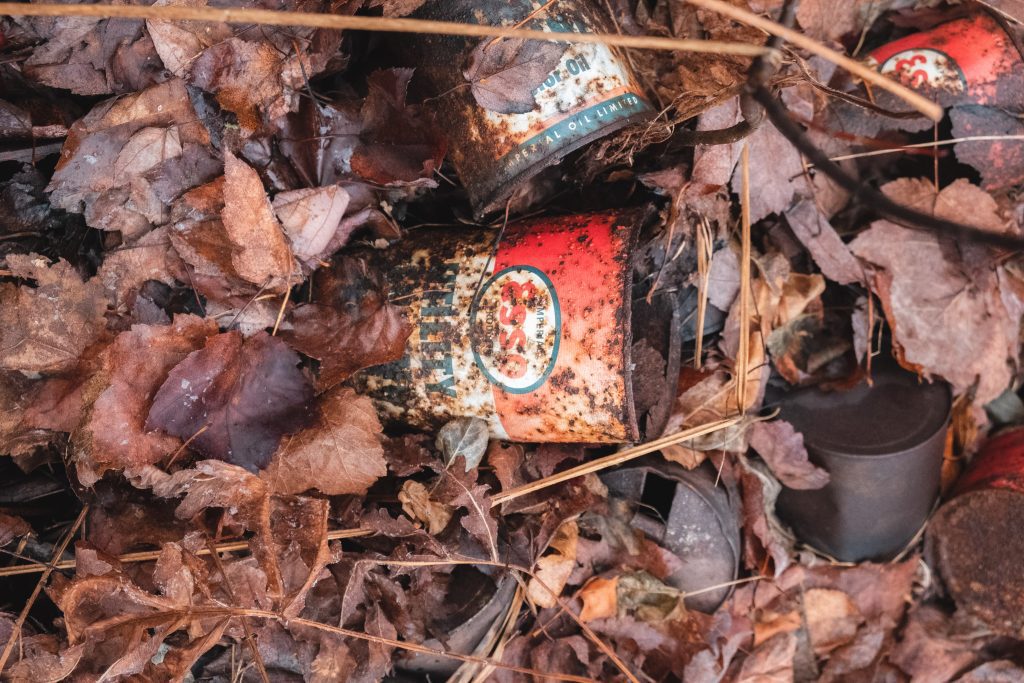

This is why, thanks to our expeditions, Carnivorex’s mission will be to exhibit this type of find in order to make our readers aware of respect for nature and life.
This is how we continue our research, a little shaken by what we have just found, but still optimistic about finding carnivorous plants. We were prepared to find mostly Sarracenias Purpurea. A plant with ribbed pitchers. In the spring, these pitchers are quite green, however, as soon as they are exposed to intense sun, these pitchers are caused to color until they become a very dark red in color.
We advance in our route and suddenly, the terrain changes topography. Rather, it is a space with small bushes and where sphagnum moss is ubiquitous. Small larches stand in front of us, lichen and moss are everywhere. We are at the entrance to what is called a bog. A mythical and ancient place. Peat accumulation can be of the order of 30 cm to 50 cm in thickness. These spaces are often created according to two natural phenomena.
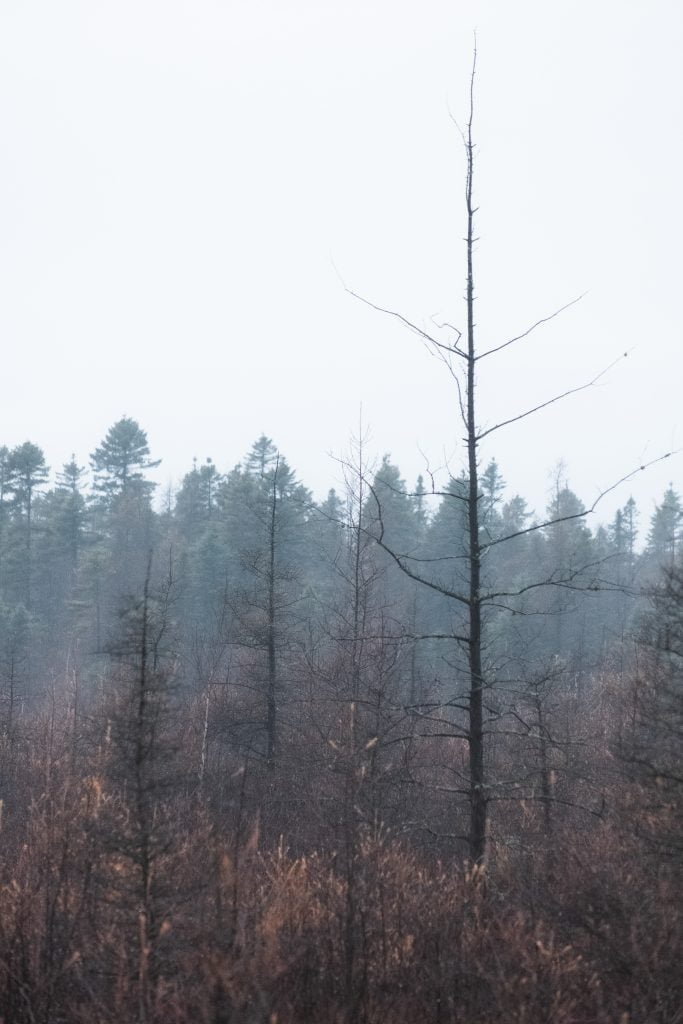
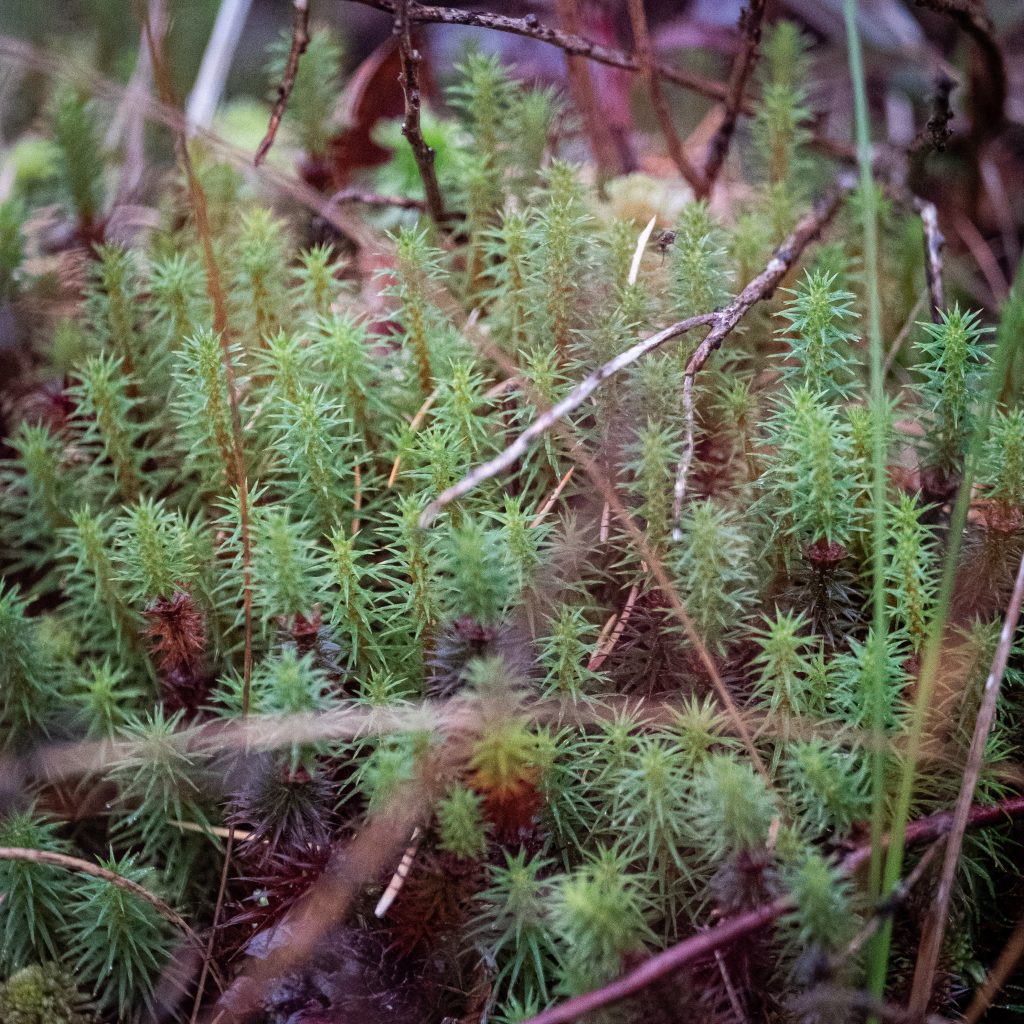
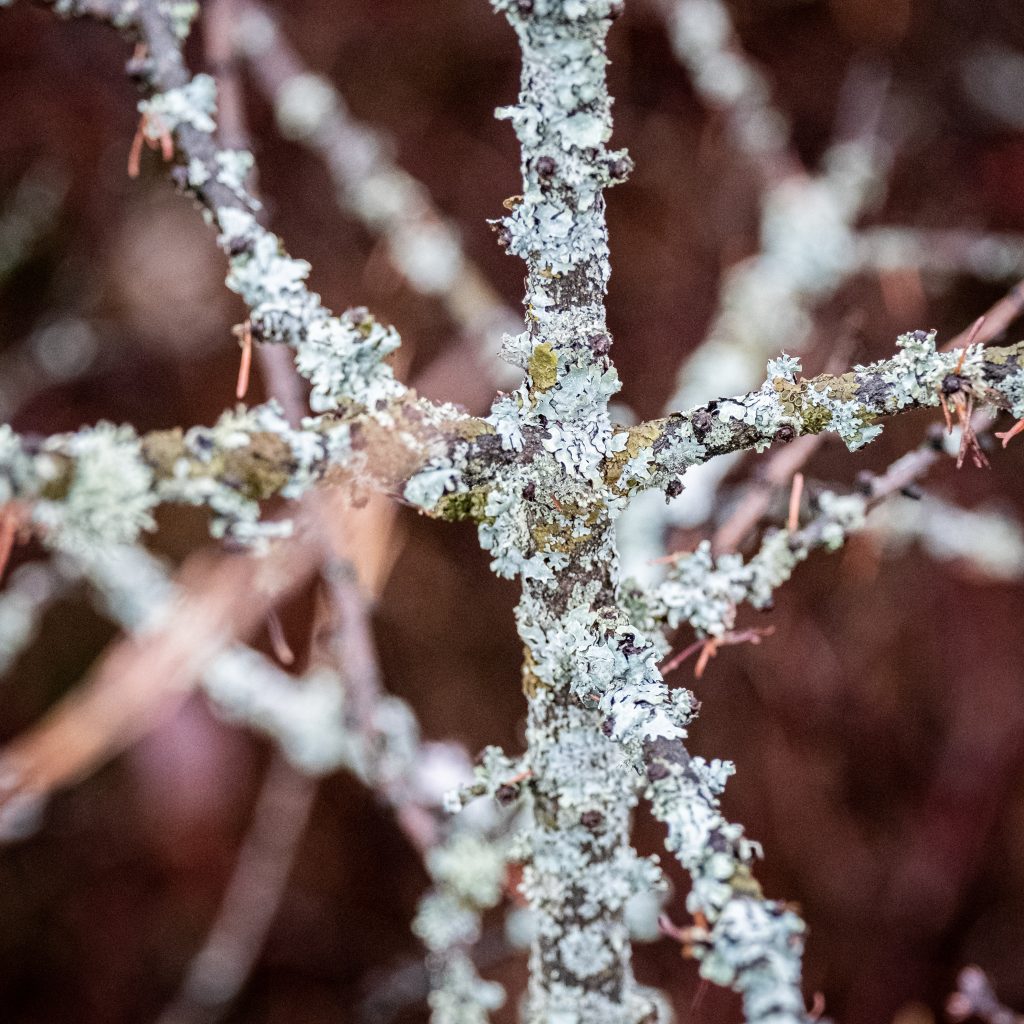
Information capsule # 2: Bog creation
Filling: The accumulation of peat takes place on a marsh or a small lake that vegetation invades. This will form a floating carpet of vegetation. This will therefore create an accumulation of organic matter at the edges and in the bottom of the water plant. The latter will fold over hundreds of years and this is how the bog will form.
Paludification: This creation of peatlands occurs on dry land and can cover huge areas. Malaria begins when poor soil drainage is observed due to cold and humid climatic periods. The mosses are slowly starting to gain ground. The ground level rises as the peat accumulates under the sphagnum moss, suffocates the trees by suffocation and the peat bog.
Source: Groupe de recherche en écologie des tourbières
Back to the expedition
This is how we walk, respectfully of all living organisms, making sure to leave this nature with the least traces of our passage. Then, in this green carpet strewn with shrubs and conifers, a burgundy stain appears to us.

The Sarracenia Purpurea, unveils itself, a mythical plant, used in medicinal concoction by the first nations to fight smallpox in the 17th century.
It is at this moment that Frédéric and I have just understood that carnivorous plants really exist in the natural environment. Even more difficult for us to understand, we have proof that they exist no less than an hour from our homes. These rare, endangered plants are the symbol of resilience. They live in conditions where the majority of other plants do not, in the realm of moss and acidic soils. These plants have developed mechanisms to feed themselves from the air rather than the soil, for lack of nutrients.
Then, although they have an unusual type of adaptability, their biggest enemy is now the destruction of their habitat, by climate change and real estate development projects that destroy these environments rich in biodiversity.
This is why we are pleased to make these expeditions in order to shed light on these little-known species which are one of the best proofs that nature is constantly evolving and adapting. We tell you to the next adventure! Then we leave you with these beautiful images taken by our photographer and partner Frédéric Pelletier.
